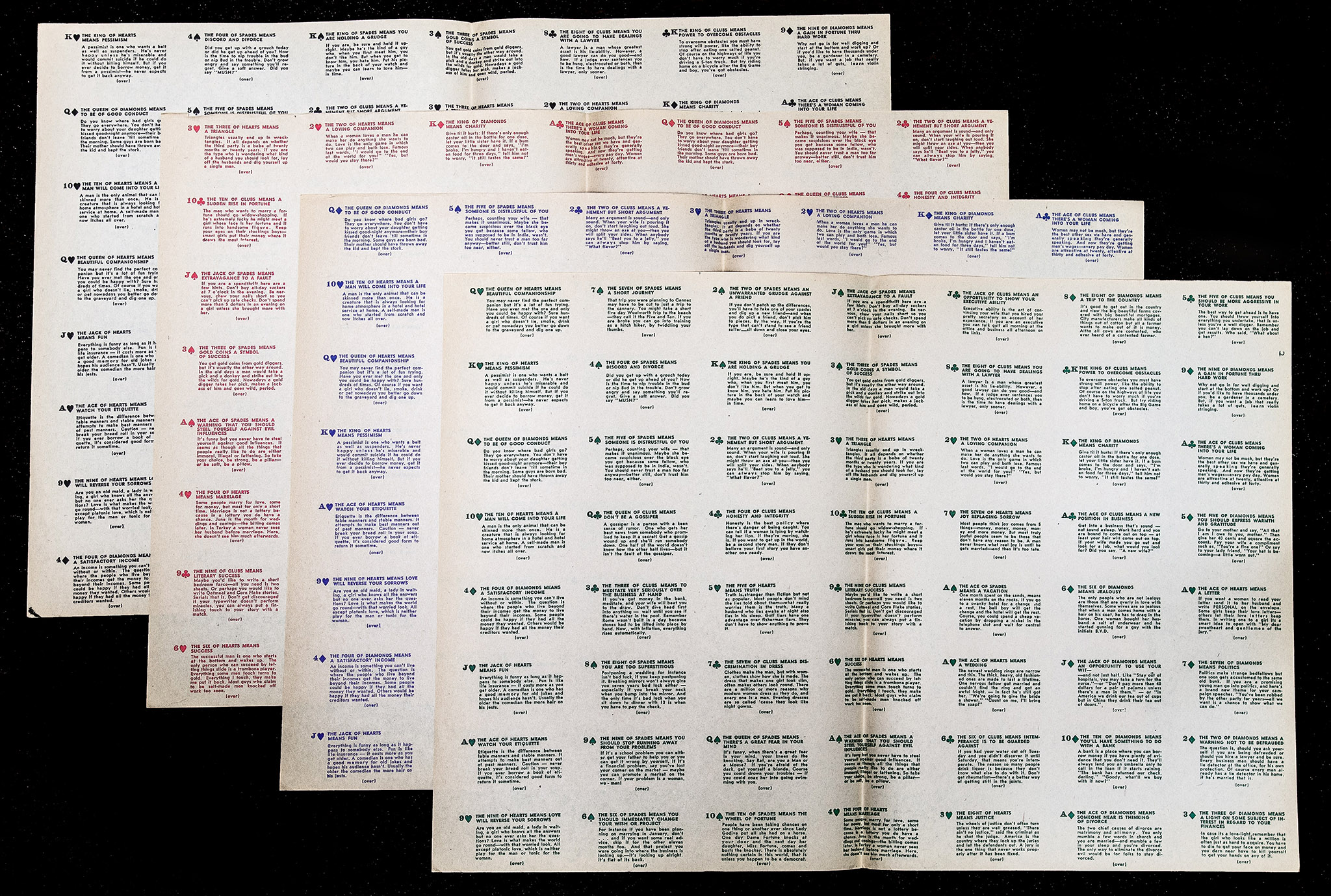

Built By:
Year Built: 1950's
Number Made: Unkown
Designer: Unkown
Country of Construction:USA
Take a good look at this beauty! An original 1950's Swami Fortune Teller Diner Napkin Holder.
This particular machine came from the old Continental Trailways bus station in downtown Memphis, Tennessee.
They were in "The Continental" restaurant. This Swami is in excellent working order. Loaded with original paper fortunes & napkins.
Take a look at the chrome! The center piece is the original polished stainless steel.
This machine has been professionally re-chromed & polished.












The owner of the company that developed the Swami machine (Erickson?) came to my Dad after we had been printing the tickets for awhile and told him he had located a printer
in Canada who would do the job for a much lower price. My Dad told him to go ahead and use the cheaper printer, but if he decided to come back to my father the price would be increased.
My Dad said the guy laughed and said that was unlikely. Sometime later, maybe a year, the fellow was back. I don't know whether he paid a higher price for the job,
but it would have been worth it because my Dad had figured out something no one else has been able to do: how to print the sheets so that the cards would be shuffled.
The printer in Canada printed each sheet exactly the same as all the others. My Dad printed each sheet so the order from one sheet to the next was different.
I am a scientist/mathematician by training and I can't figure out how he did it.

What my father figured out was a way to shift the pattern of the cards in the ticket sheets so no one sheet duplicated any other sheet in a stack of 56 sheets. Why 56?
Because 52, the number of cards in a playing deck, would not make a printable array without wasting paper. So he added four aces to the deck.
I don't know if that would have been detectable by astute players, but I know my father was a keen card player and the use of aces was likely a good pick for the extra cards.
The array of individual cards was shifted over one place in each succeeding sheet in the stack. I've attached a photo of the four sheets with one full sheet showing and the rows and columns
of the other three to see how this worked. What I still haven't figured out is how the printing was accomplished, whether he printed 56 different sheets then assembled them or had a way that
they would be assembled as printed. - Ken
If you have a fortune teller machine for sale in any condition or if you have information of pictures to add to the archive please contact me.
